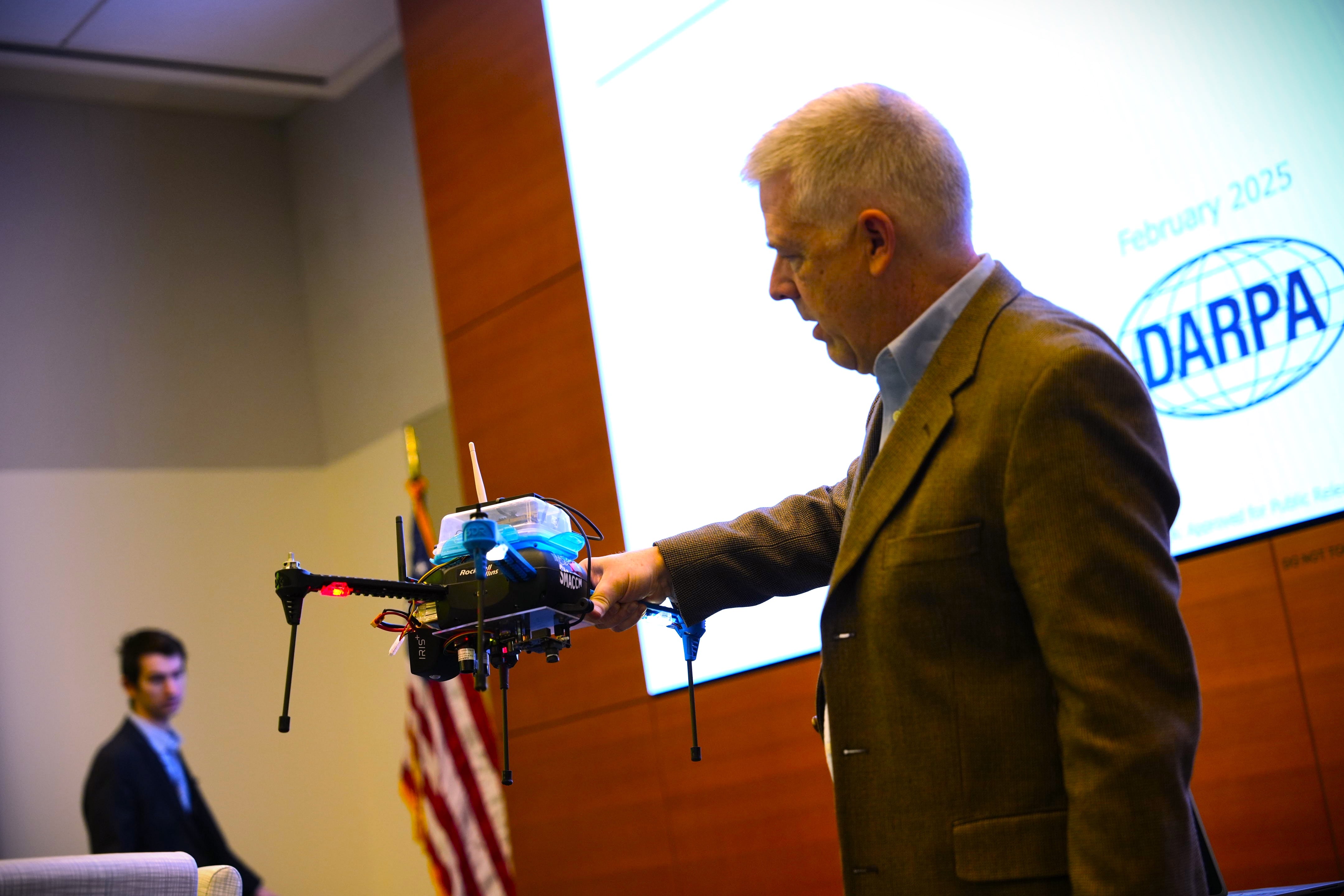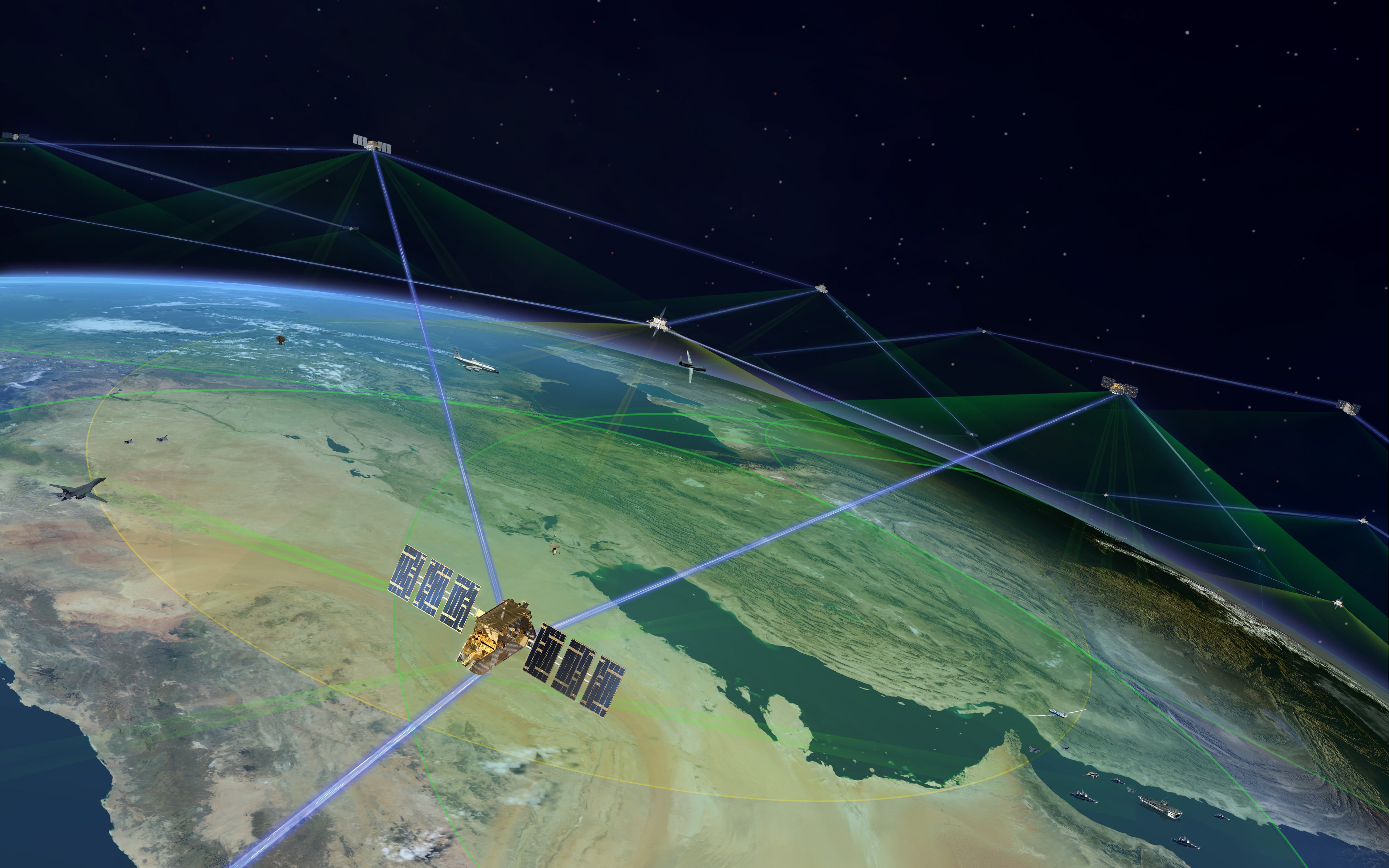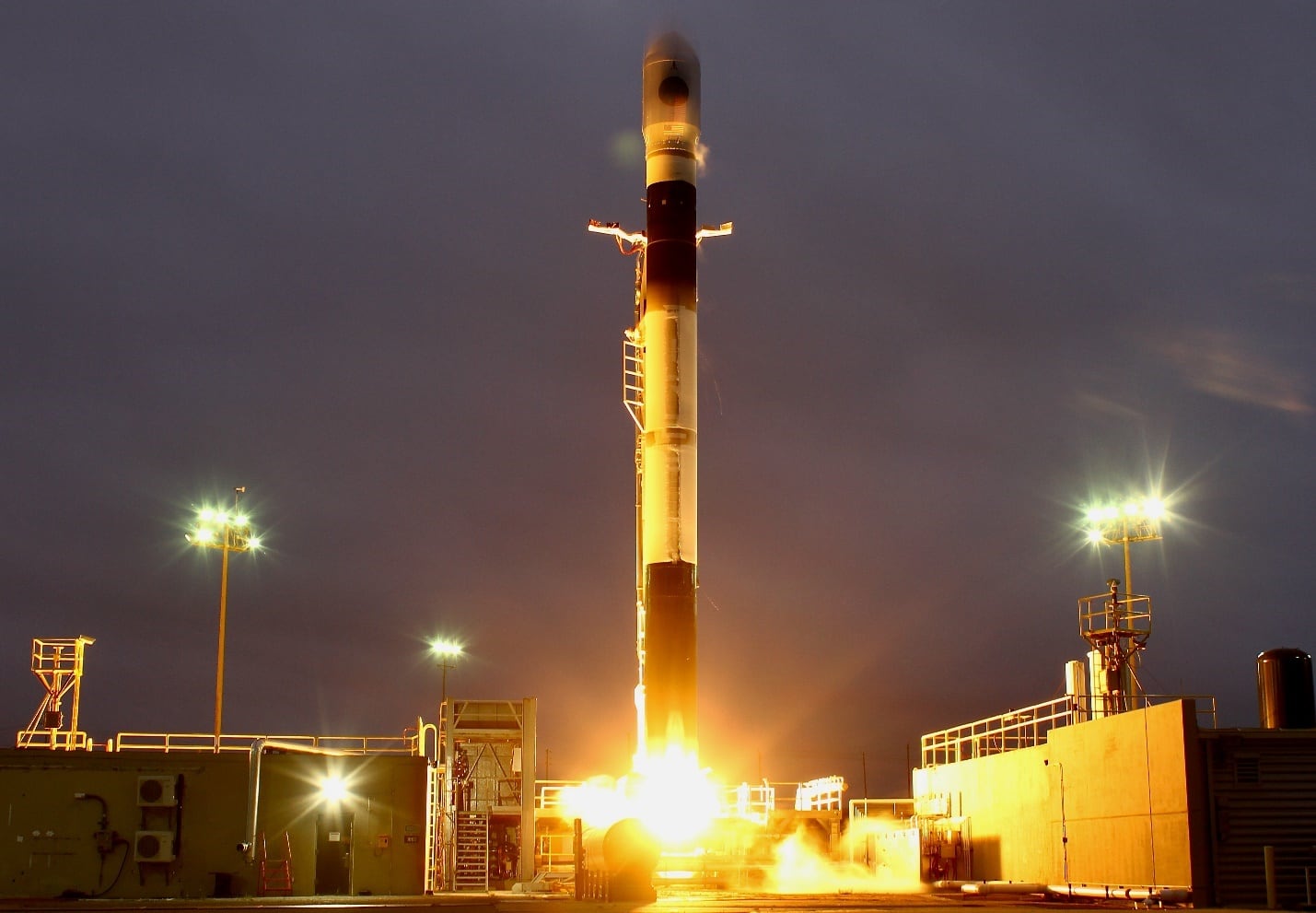WASHINGTON — The United States is actively pursuing a change to a major arms control treaty that would open the door for wider exports of military drones.
The proposed change to the Missile Technology Control Regime would make it easier for nations to sell the systems, also known as unmanned aerial vehicles or UAVs, that fly under 650 km per hour, according to multiple sources who are aware of the efforts.
The MTCR is an agreement among 35 nations that governs the export of missiles and UAVs. Under the terms of the MTCR, any “category-1” system capable of carrying 500-kilogram payloads for more than 300 kilometers is subject to a “strong presumption of denial.”
Proponents of UAV exports argue that language, while appropriate for curtailing the sale of cruise missiles, should not group together expandable weapons and unmanned systems. Instead, they argue, UAVs should be looked at the same way fighter jets or other high-tech military vehicles are.
As part of an effort to find a compromise, American officials floated a white paper during the latest plenary session on the MTCR in October, proposing new language to the treaty: that any air vehicle that flies under 650 kilometers per hour would drop to “category-2” and thus be subject to approval on a case-by-case basis.
A State Department official confirmed to Defense News that the U.S. presented the white paper, and that American negotiators have zeroed in on the speed of the vehicles as a potential change to the treaty. However, the official declined to comment on the exact speed under consideration.
“I can’t confirm any specific numbers because it’s treated — inside the MTCR — as proprietary ... particularly because there’s a deliberative process,” the official said. “But I can tell you that speed is the thing that we, based on industry input and all, have looked at. And that’s what we have discussed with partners. And I know other governments are also looking at speed as well, so we’re all sort of coming to a similar conclusion.”
Under the MTCR, a “presumption of denial” about exports for category-1 systems exists. In essence, that means countries tied into the MTCR need to have a very compelling case to sell them.
However, the speed change, if adopted, would result in most drones used by the U.S. military dropping down from category-1 to category-2, allowing the U.S. to sell them through the traditional foreign military sale or direct commercial sale methods.
“Treating drones as missiles is fundamentally incoherent. It reflects a 1980s view of the technology,” said Michael Horowitz, a former Pentagon official now with the University of Pennsylvania who has studied drone issues.
“To the extent creating a speed delineation helps you get around that problem, it’s a good practical solution.”
The impact of speed
Most medium-altitude, long-endurance systems like General Atomics’ MQ-1 Predator and MQ-9 Reaper fly at slow speeds, with the Reaper clocking in with a cruise speed of 230 mph or 370 kph, according to an Air Force facts sheet. Northrop Grumman’s RQ-4 Global Hawk, a high-altitude ISR drone, flies only at a cruise speed of about 357 mph or 575 kph.
The 650 kph ceiling would also keep the door open for companies developing cutting-edge rotorcraft that could be modified in the future to be unmanned — a key request made by the companies involved in the Future Vertical Lift consortium, said one industry source.
Those companies include Bell Helicopter and a Sikorsky-Boeing team, both of which are developing high-speed rotorcraft that can fly at excess of 463 kph, or 250 knots, for the Army’s Joint Multi Role technology demonstrator program.
However, the limitation would ensure that some of the United States’ most technologically advanced UAVs stay out of the grasp of other nations. For example, it would prevent the proliferation of jet-powered, fast moving flying wing drones like Boeing’s Phantom Ray and Northrop Grumman’s X-47B demonstrators, both of which can cruise at near-supersonic speeds.
While the UAV industry wants the U.S. government to pick up the pace on drone export reform, the State Department and other agencies argue that a prudent approach is needed. For example, any change to the MTCR that loosens restrictions on low-speed drones also needs to be closely examined to ensure that missile technology is still strictly controlled.
“We don’t want any unintended consequences, so it has to be crafted carefully. We don’t want to inadvertently drop something else out like a cruise missile,” the State Department official said.
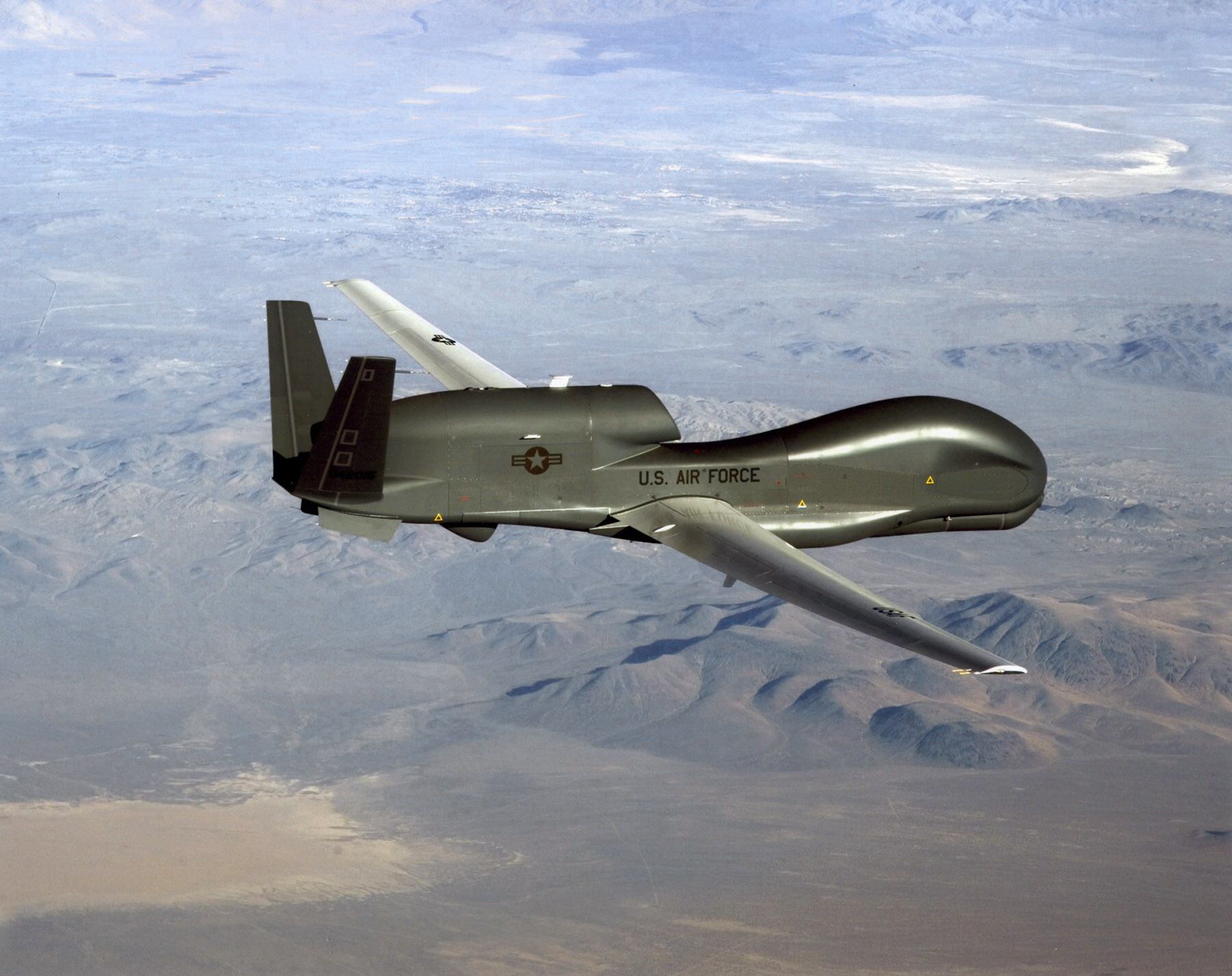
The focus on speed is particularly smart at a time when countries are focused on increasing the speed of their munitions, Horowitz said.
He pointed to growing investments in hypersonic weapons as an example where creating a speed delineation in the MTCR would allow the U.S. to push for greater UAV exports while “holding the line on exports of next-generation missiles.”
Industry desires
Industry has long argued that the United States has taken an overly proscriptive route, hamstringing potential drone sales to allies and pushing them into the arms of more nefarious actors such as China, the other major UAV producer on the worldwide market.
Modifying the MTCR is just one facet of the Trump administration’s review of drone export policy, which also includes taking a second look at domestic regulations that can be amended by the president at will. Because changes to the MTCR require consensus among the regime’s 35 member countries, industry sees it as a direly-needed, but long-term solution.
“Now we have lighter-than-air vehicles; we have intelligence, surveillance reconnaissance [UAVs]. We still have cruise missiles, we have aircraft that could autonomous for cargo and other purposes. But [the MTCR] doesn’t distinguish between any of that, so a revisit of those MTCR rules is in order for things that fly and can fly autonomously,” said Aerospace Industries Association President David Melcher during a December 14 roundtable with reporters.
American firms are particularly concerned about losing out on sales in the Middle East. China has already exported its Wing Loong — a medium altitude, long endurance UAV that resembles General Atomics’ MQ-1 Predator — to multiple countries worldwide, including some close U.S. partners such as Saudi Arabia and the United Arab Emirates.
RELATED
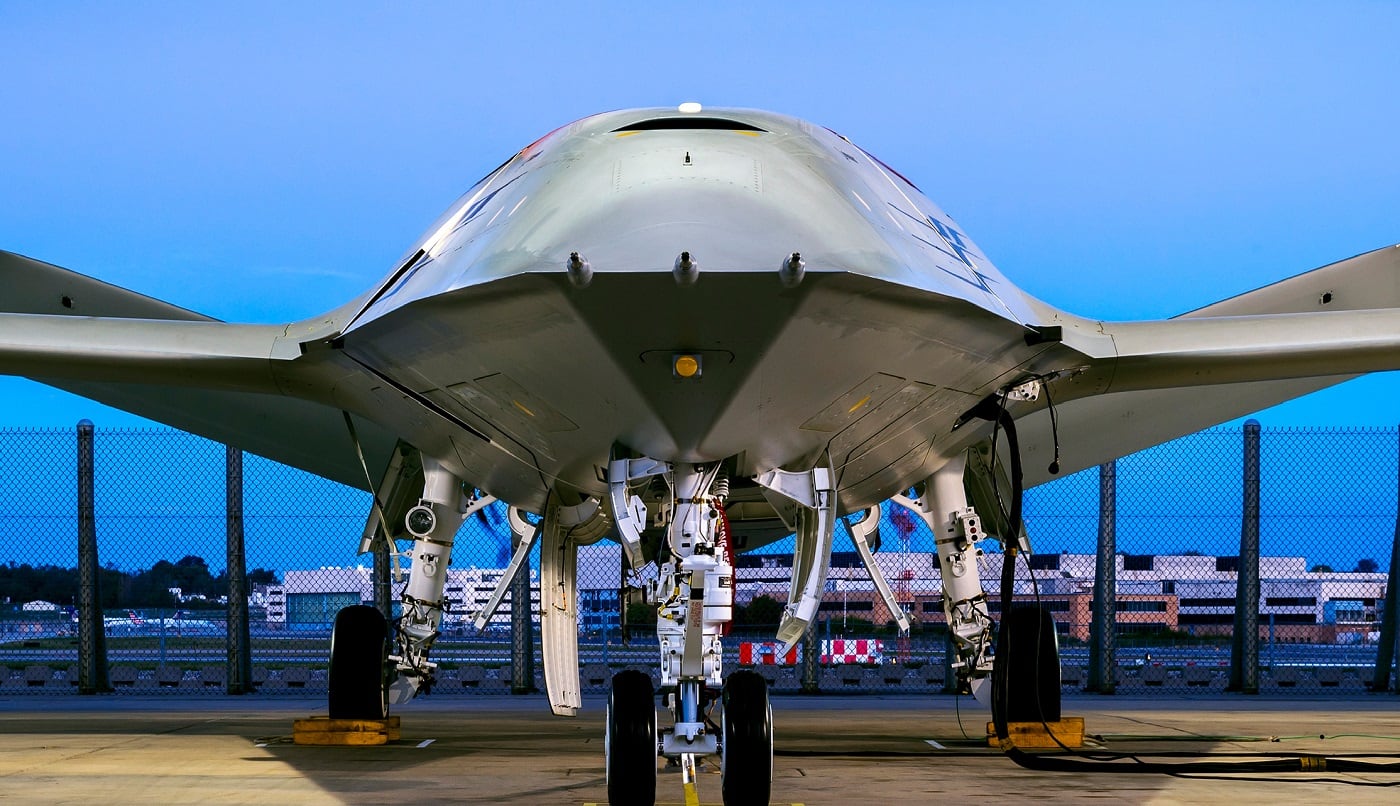
Meanwhile, sales of U.S.-made drones have been rarer, with many Middle Eastern countries such as the UAE only able to buy unarmed versions of American UAVs, even though those nations regularly purchase more technologically advanced weaponry like fighter jets from the United States.
The State official noted that any change in the MTCR would not need to wait until the next plenary session, but could be introduced in some form as early as an April technical meeting. And at least one industry source was optimistic about the administration’s MTCR reform plan.
“They’re taking a pretty smart process in not trying to tackle everything at once, but trying to get some of the language corrected in small bites,” the source said. “I don’t see this as being an overnight process. I don’t think we’re going to end up in the next six months with a brand new MTCR policy.”
However, Horowitz warned that the nature of the MTCR, where any single country could veto such a change, means getting any changes will not be easy. Russia, for example, could block the move not on technical reasons but geopolitical ones, given relations between Moscow and Washington.
If that happens, Horowitz noted, the U.S. could potentially look to apply the 650 kph speed definition on its own, something possible because of the voluntary nature of the MTCR.
Valerie Insinna is Defense News' air warfare reporter. She previously worked the Navy/congressional beats for Defense Daily, which followed almost three years as a staff writer for National Defense Magazine. Prior to that, she worked as an editorial assistant for the Tokyo Shimbun’s Washington bureau.
Aaron Mehta was deputy editor and senior Pentagon correspondent for Defense News, covering policy, strategy and acquisition at the highest levels of the Defense Department and its international partners.


